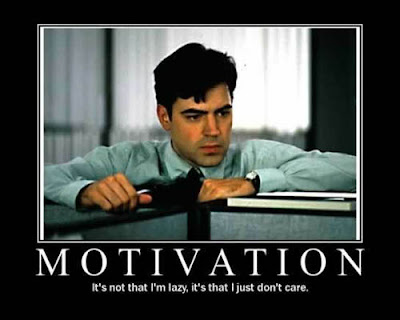One of the benefits of my software engineering job is access to a large corpus of journals through ScienceDirect. About once a month I pick a topic and pull the latest research. This month I did a journal search for "paramedic" AND 2010 which returned many interesting articles. One that particularly piqued my interest was Berdowski J, et al: Delaying a shock after takeover from the automated external defibrillator by paramedics is associated with decreased survival [1]. The authors found that when the paramedics switched from the AED to their monitor and a shock was delayed, for whatever reason, there was a decrease in patient survivability to discharge (ed: original copy did not appear to specify 'to discharge', current copy of article clearly states to discharge, updated).
Currently I work for two services in two different counties, one is a BLS industrial fire brigade and the other is an ALS combined Fire/EMS department. Both services have AEDs for their BLS providers with pads that are interchangeable with the monitors predominantly carried by the ALS units in their respective counties (Philips in one, Physio in the other). The standardization on pads obviously makes BLS to ALS patient handoff simpler during cardiac arrest. However, I had not considered at what point in resuscitation would be the most appropriate to make the pad switch.
The research showed that in nearly two thirds of the cases where a switch from the AED to the ALS monitor was made, the delivery of an appropriate shock was delayed. Barring equipment or operator malfunction, an AED and a paramedic are both going to defibrillate the same rhythms. Paramedics can still place the patient on their monitor with a 3-Lead even if they have not changed the pads over. The study authors concluded that the appropriate time to switch the pads would be after the AED delivers a shock or advises that no shock should be delivered.
The mechanics of a patient handoff from a BLS unit to an ALS unit during cardiac arrest are not something touched on in paramedic school or ACLS [2]. The handling of compressions versus defibrillation is rightfully stressed, but this appears to have missed another factor critical to patient survival. In retrospect this factor is obvious and thankfully easily correctable, perhaps simply through recognition. ACLS classes geared towards pre-hospital providers can add this into scenarios used for testing and EMS protocols can include text similar to:
Minimize interruptions in compressions or appropriate defibrillation delivery by first responders when initiating ALS treatments in cardiac arrest.
This minor change is low hanging fruit compared to the benefit to our patients!
References
- Berdowski J, et al: Delaying a shock after takeover from the automated external defibrillator by paramedics is associated with decreased survival. Resuscitation 2010; 81: 287-292.
- American Heart Association: 2005 American Heart Association Guidelines for Cardiopulmonary Resuscitation and Emergency Cardiovascular Care Part 5: Electrical Therapies - Automated External Defibrillators, Defibrillation, Cardioversion, and Pacing. Circulation 2005; 112: IV-35 – IV-46.

.jpg)















